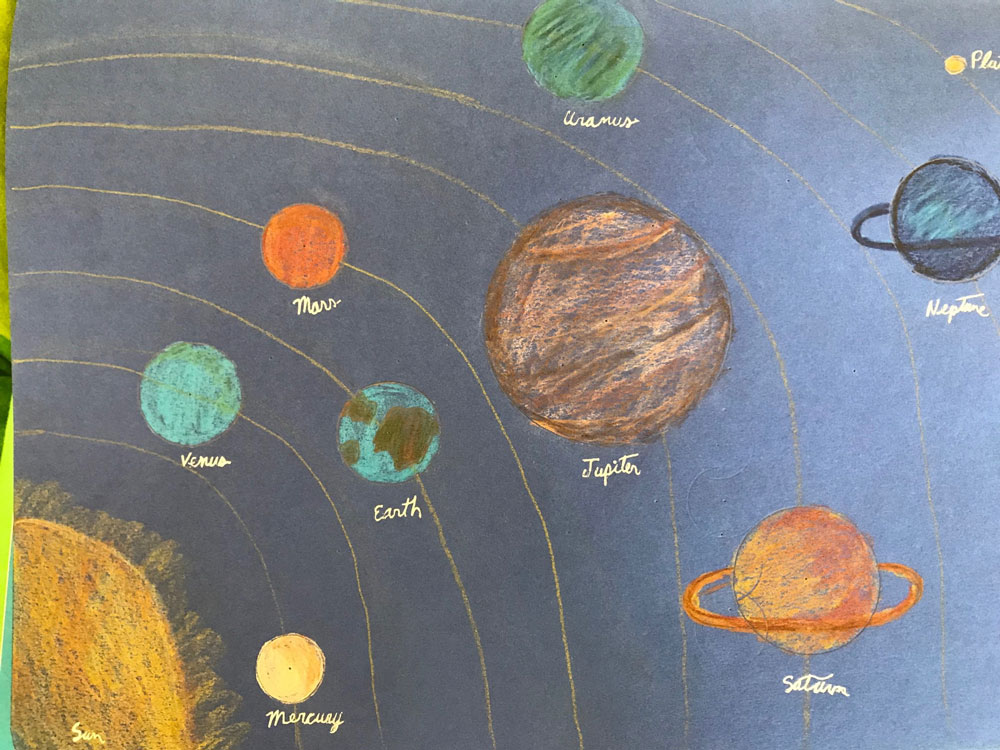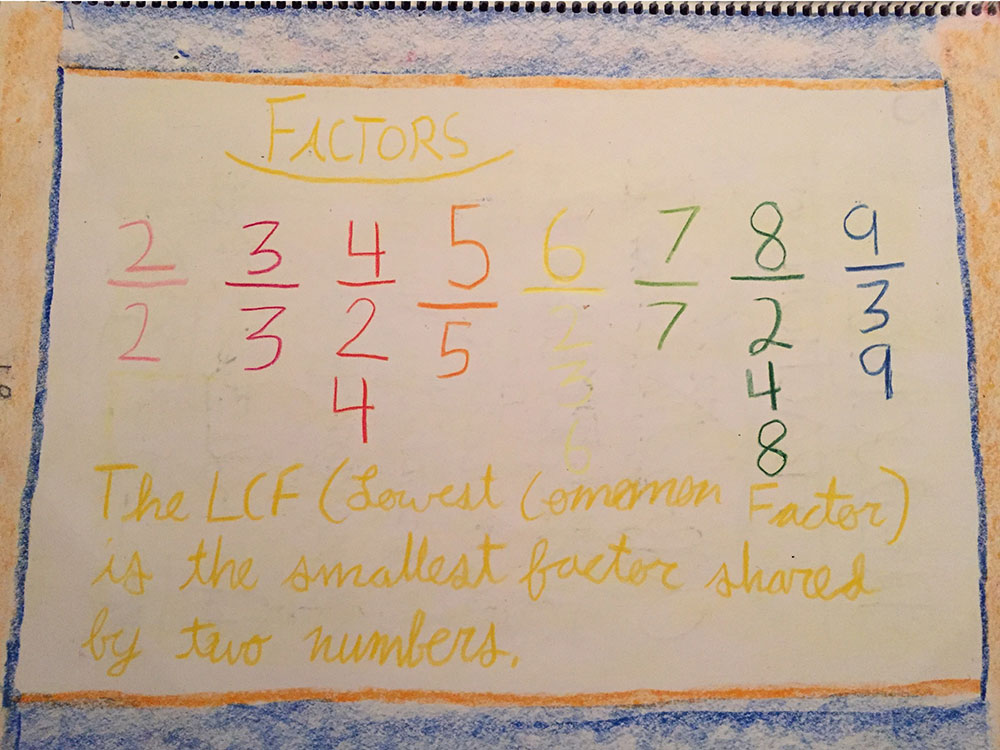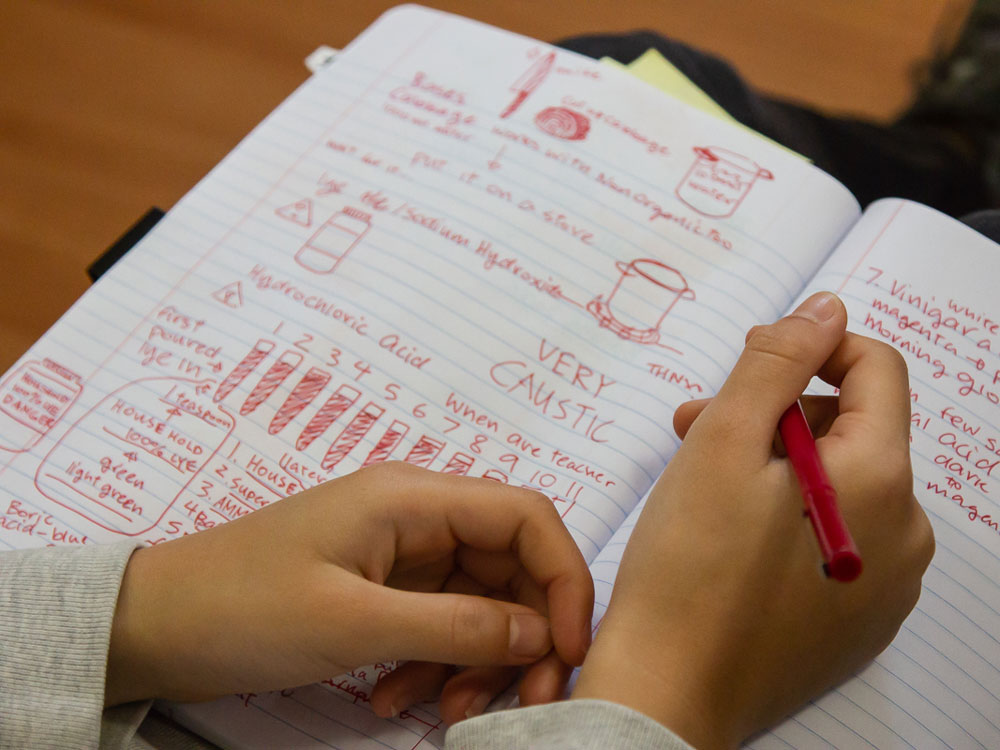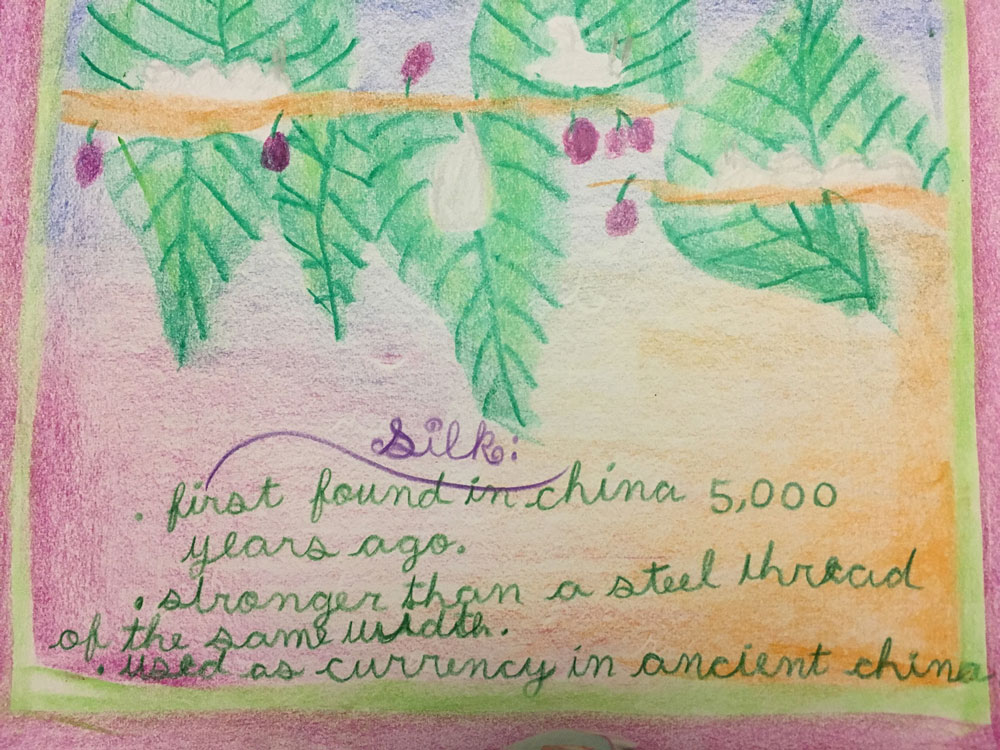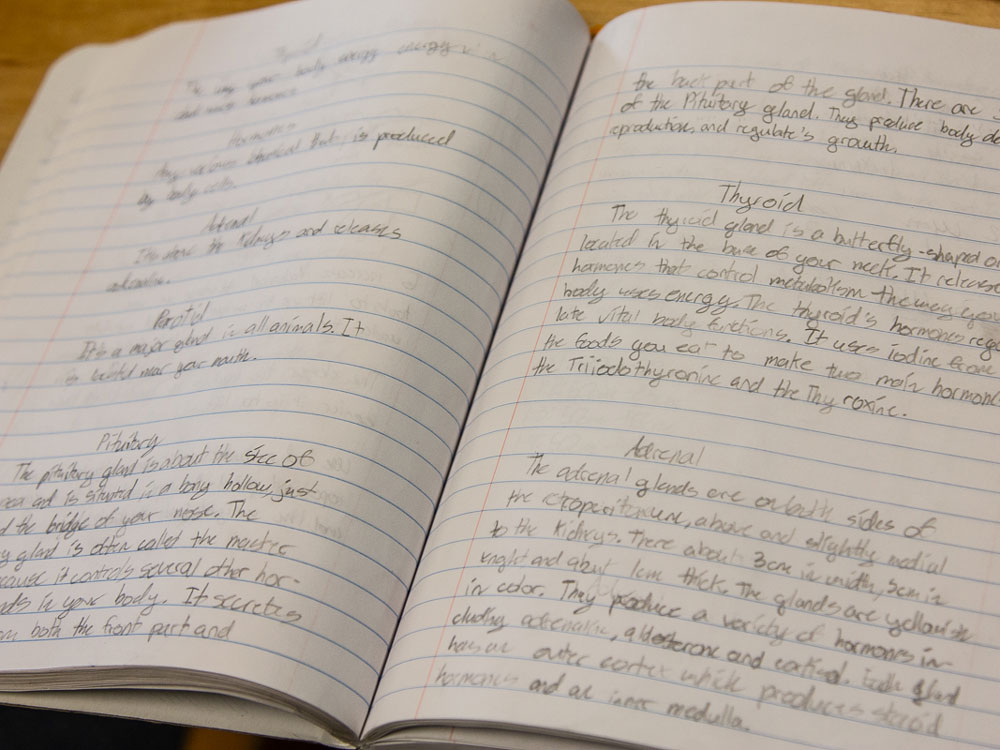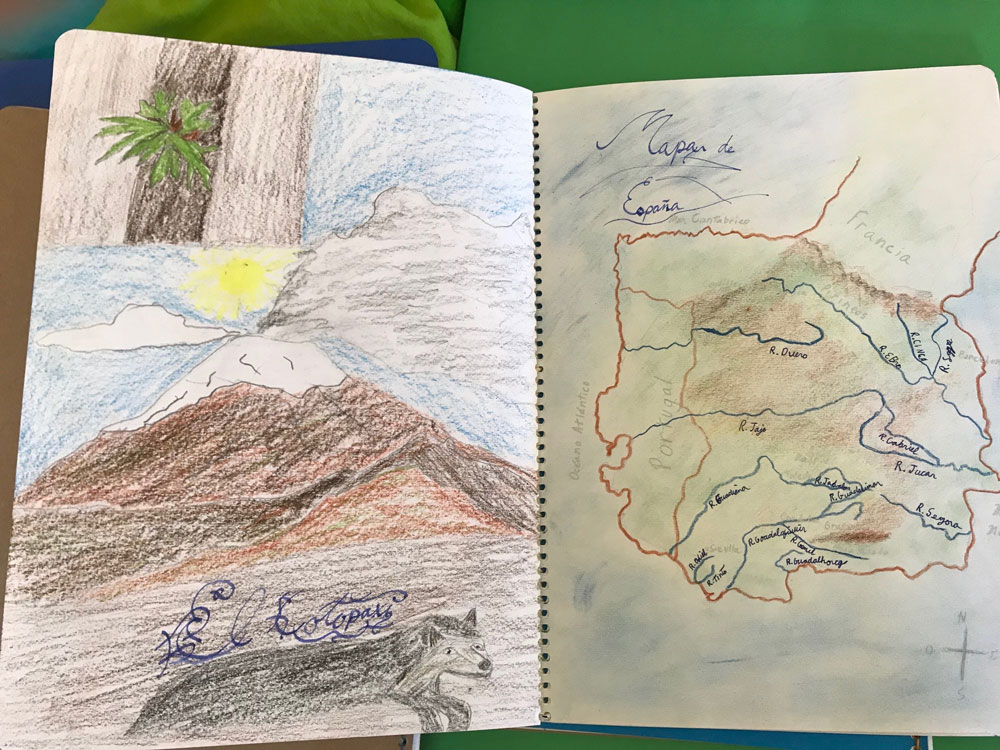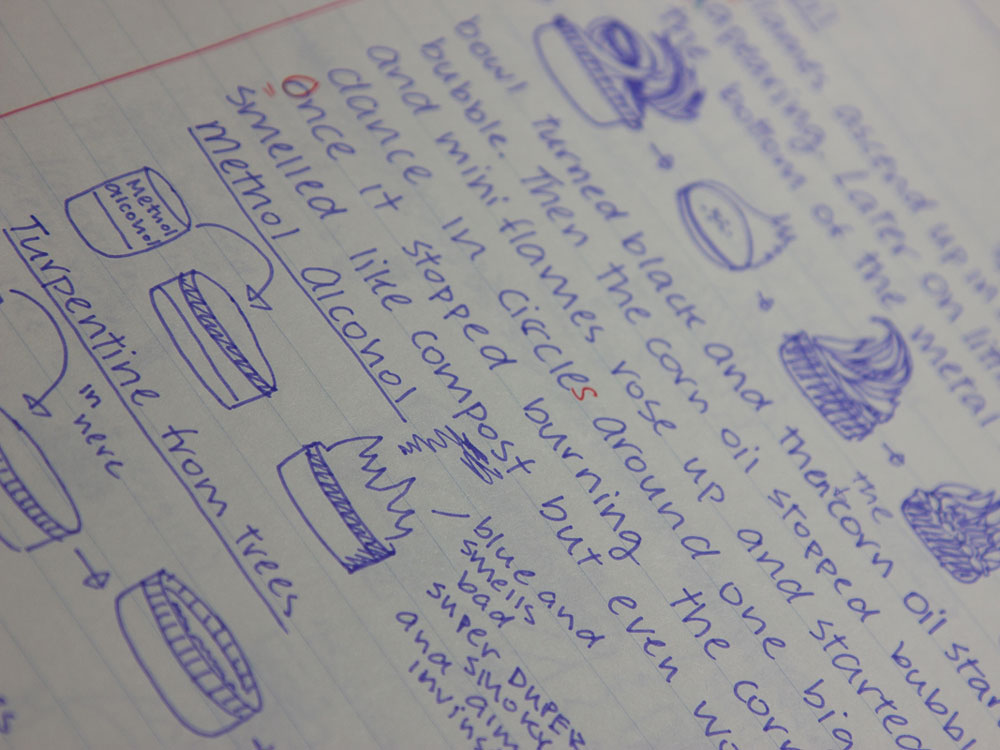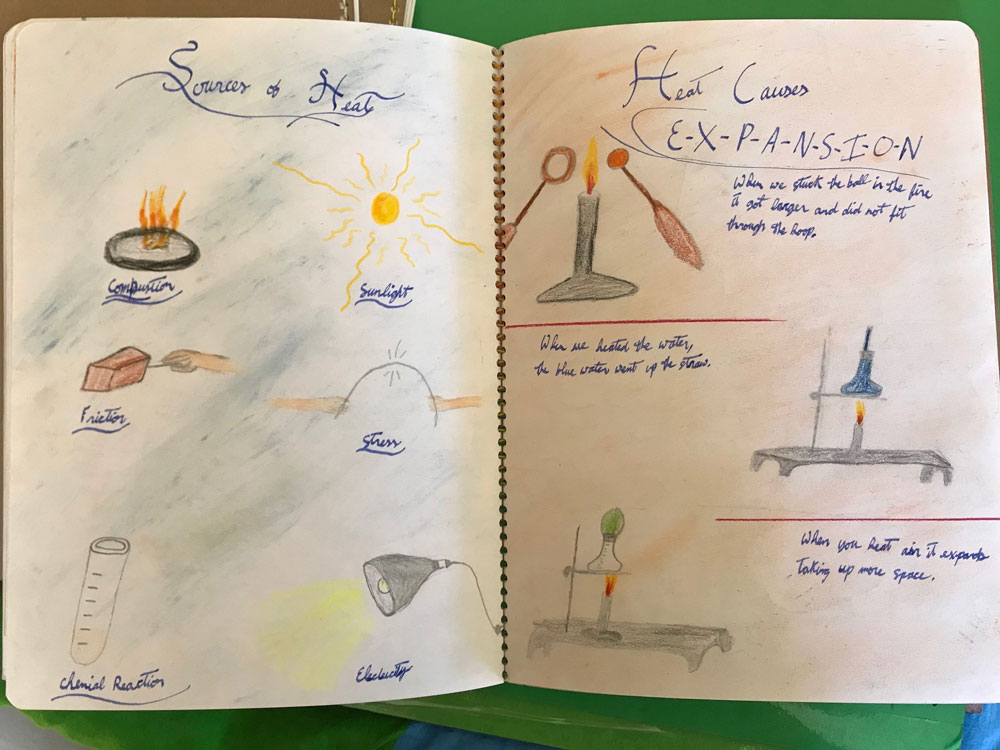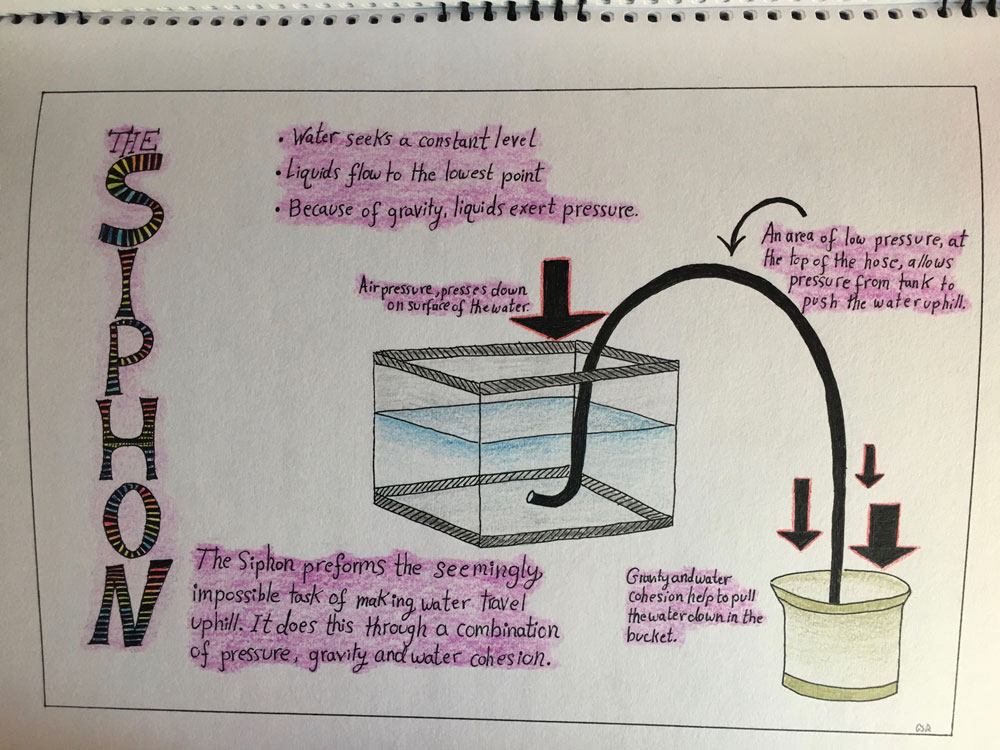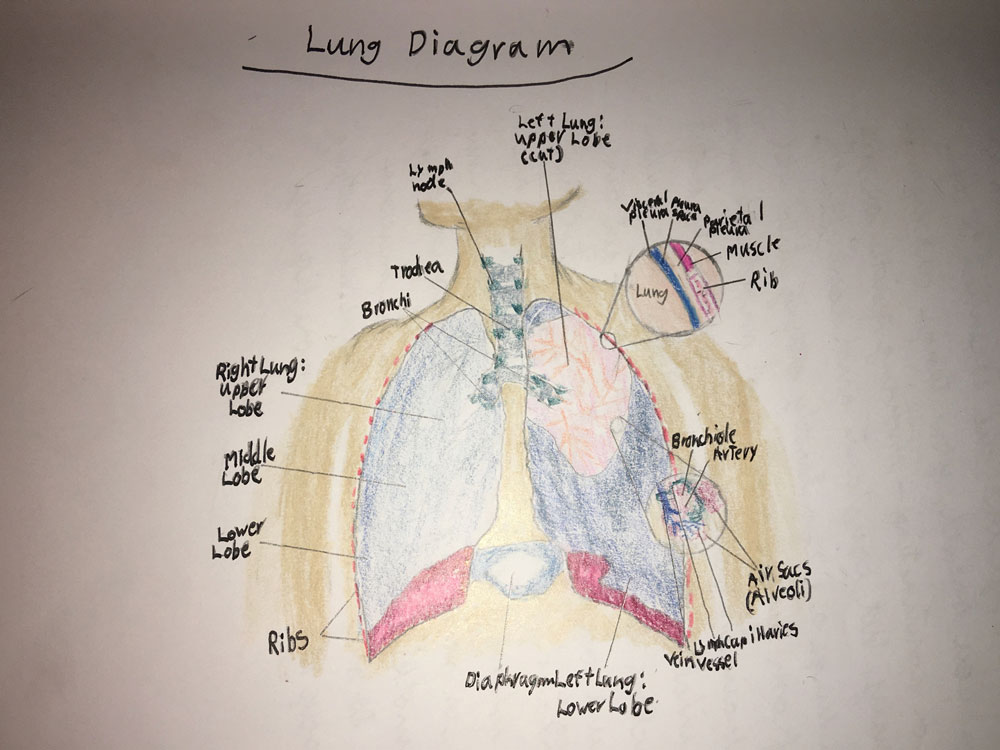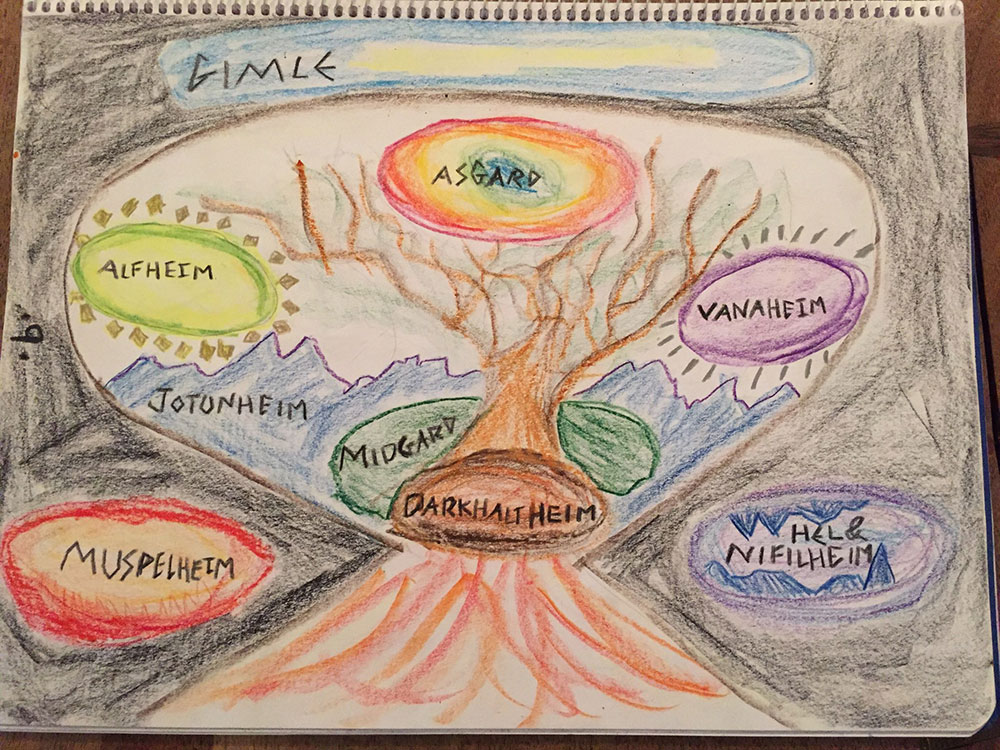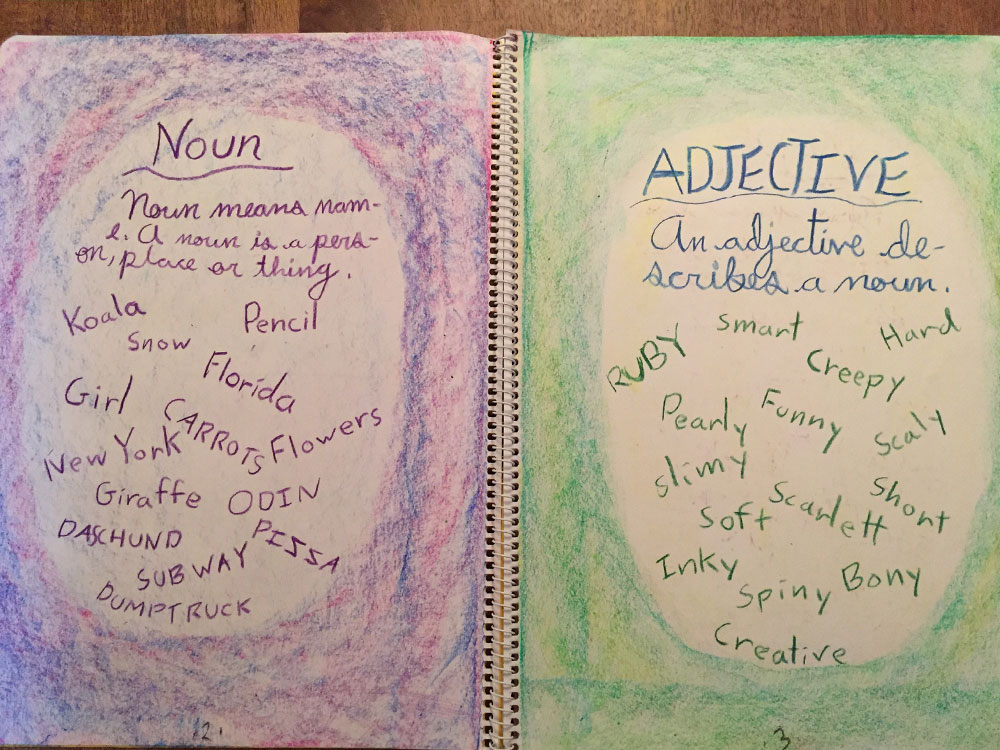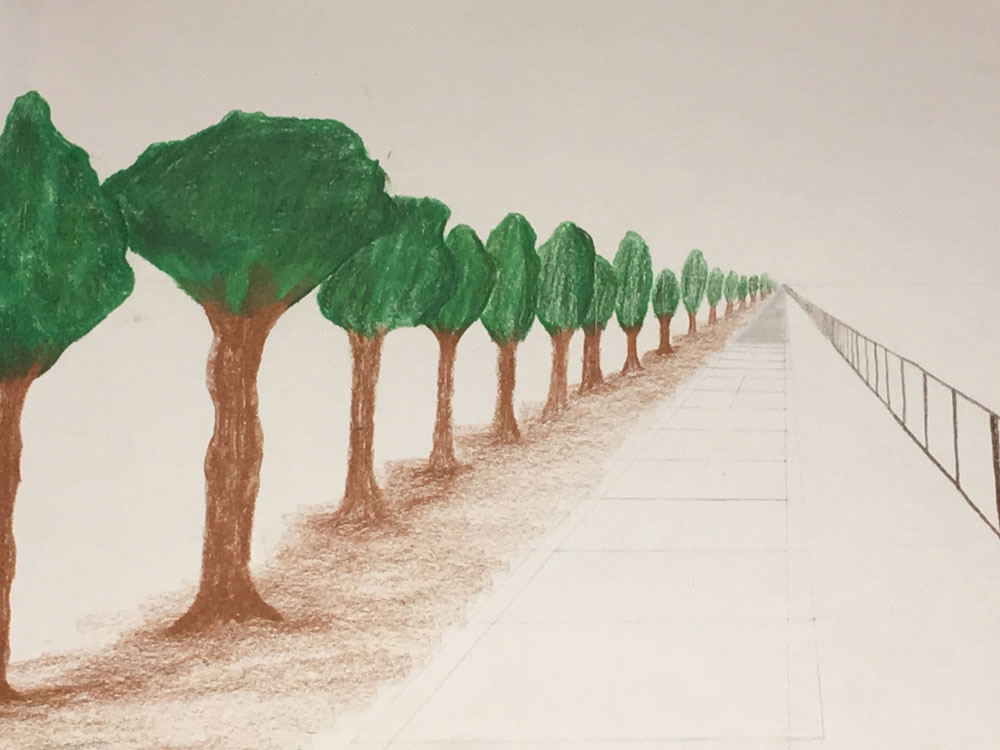Our progressive approach builds capacities students need for the future
Our Waldorf-inspired curriculum and unique teaching methods are the “secret sauce” that set our graduates on a course to high school and beyond where they are recognized for their independent thinking, knowledge, creativity, and presence.
What makes our education unique? Our progressive, developmental curriculum is visibly engaging and gives children a natural way into learning. Based on Rudolf Steiner’s insights into the phases of development, the curriculum is extremely intentional, carefully matching a child’s thinking capacities at a given age and aligning it with the feelings they are wrestling with at each phase. So while the 2nd grader hears fables, the 8th grader studies historical revolutions to match the revolution they may feel inside. What children need to learn is carefully calibrated to where they are developmentally, making learning naturally appealing. Over the eight years of grade school, as our students gain in capacities, they engage in an ascending spiral of knowledge, something like an elementary school version of a liberal arts education.
Teaching methods
Our Waldorf-inspired education uses a “multiple intelligences” approach to learning that is inherently engaging, builds a variety of capacities in our students and reaches children with different learning styles. We don’t need to make lessons “fun” because our teachers bring an array of learning activities that naturally appeal to children. In a main lesson, you will see children sitting and listening or writing, but also reciting, singing, drawing, tossing bean bags, bouncing balls, sculpting or playing a game that engages their whole self, speaks to their many kinds of intelligence, and helps them embody and retain what they learn.
It takes three years of training to become a Waldorf teacher, where you learn about the developmental stages of childhood and master the multitude of skills needed to educate children in an imaginative way that engages them on many levels.
Ultimately, what’s important here is that our students not only obtain knowledge, but through our methods, they also build amazing capacities for their futures:
- Learning to look at things from many angles so they’ll understand complexity and different points of view, ultimately leading to empathy and understanding of their fellow human beings as well as systems thinking.
- Linking their verbal and visual thinking capacities so they’ll be amazing critical and systems thinkers and problem solvers.
- Calling on their multiple intelligences so each child discovers their strengths and inner confidence.
- Connecting their thinking to their feelings and initiative so they know who they are, what they value, and can find their own way into a productive and satisfying life.
Our approach to educating children is reflected in Howard Gardner’s Theory of Multiple intelligences or aptitudes:
Spatial — The ability to conceptualize and manipulate large-scale spatial arrays (e.g. airplane pilot, sailor), or more local forms of space (e.g. architect, chess player).
Bodily-kinesthetic — The ability to use one’s whole body, or parts of the body (like the hands or the mouth), to solve problems or create products (e.g. dancer).
Musical — Sensitivity to rhythm, pitch, meter, tone, melody and timbre. May entail the ability to sing, play musical instruments, and/or compose music (e.g. musical conductor).
Linguistic — Sensitivity to the meaning of words, the order among words, and the sound, rhythms, inflections, and meter of words (e.g. poet). (Sometimes called language intelligence.)
Logical-mathematical — The capacity to conceptualize the logical relations among actions or symbols (e.g. mathematicians, scientists). Famed psychologist Jean Piaget believed he was studying the range of intelligences, but he was actually studying logical-mathematical intelligence.
Interpersonal — The ability to interact effectively with others. Sensitivity to others’ moods, feelings, temperaments and motivations (e.g. negotiator). (Sometimes called social intelligence.)
Intrapersonal — Sensitivity to one’s own feelings, goals, and anxieties, and the capacity to plan and act in light of one’s own traits. Intrapersonal intelligence is not particular to specific careers; rather, it is a goal for every individual in a complex modern society, where one has to make consequential decisions for oneself. (Sometimes called self intelligence.)
Naturalistic — The ability to make consequential distinctions in the world of nature as, for example, between one plant and another, or one cloud formation and another (e.g. taxonomist). (Sometimes called nature intelligence.)
Gardener suggests two chief educational implications of the Theory of Multiple Intelligences — both of which Waldorf education has been pursuing for 100 years:
Individuation (also termed personalization) – Since each human being has her own unique configuration of intelligences, we should take that into account when teaching, mentoring or nurturing. As much as possible, we should teach individuals in ways that they can learn. And we should assess them in a way that allows them to show what they have understood and to apply their knowledge and skills in unfamiliar contexts.
Pluralization – Ideas, concepts, theories, skills should be taught in several different ways. Whether one is teaching the arts, sciences, history, or math, the seminal ideas should be presented in multiple ways. If you can present the artworks of Michelangelo, or the laws of supply and demand, or the Pythagorean Theorem in several ways, you achieve two important goals. First of all, you reach more students, because some students learn best from reading, some from building something, some from acting out a story, etc. Second, you show what it is like to be an expert—to understand something fully, you should be able to think of it in several ways.
For more on this topic, see: http://multipleintelligencesoasis.org/about/


